Making Primitive Cordage & Snares from Horseradish
You would normally think of horseradish as an accompaniment to your roast beef and something you probably wouldn’t want to eat on its own.
Fresh horseradish root releases strongly pungent irritating chemicals, very similar to wasabi, so even in a survival situation a small piece of raw root will go a long way. The flavor is tamed by cooking, however, and the leaves are also edible.
The horseradish plant has another excellent use that most people don’t realise. In fact most people wouldn’t even recognise it despite the fact that it quite a common plant.
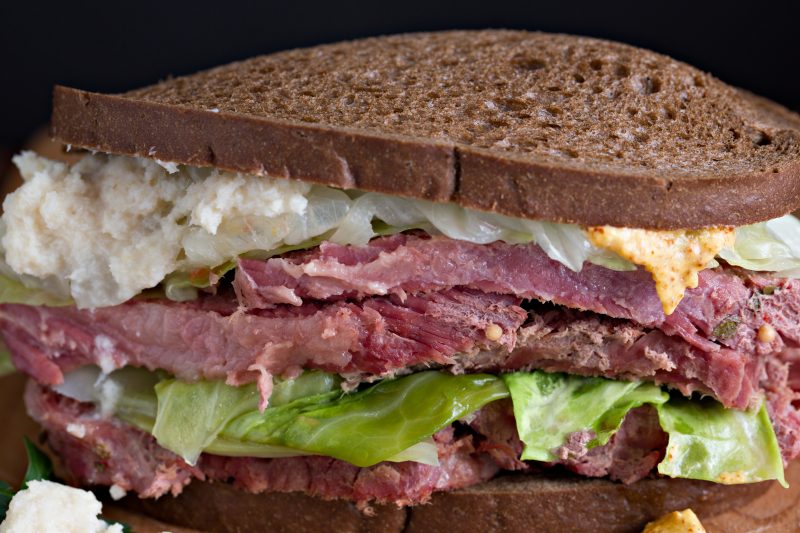
It’s often found along roadsides and on waste ground and is relatively easily to identify, with large vibrant green leaves not dissimilar to the dock leaves that everyone will recognise as a cure for nettle stings.
Horseradish leaves grow much larger than dock though, and have a fairly defined jagged edge. They turn brown as they get old and actually aren’t bad tinder when they are dry.
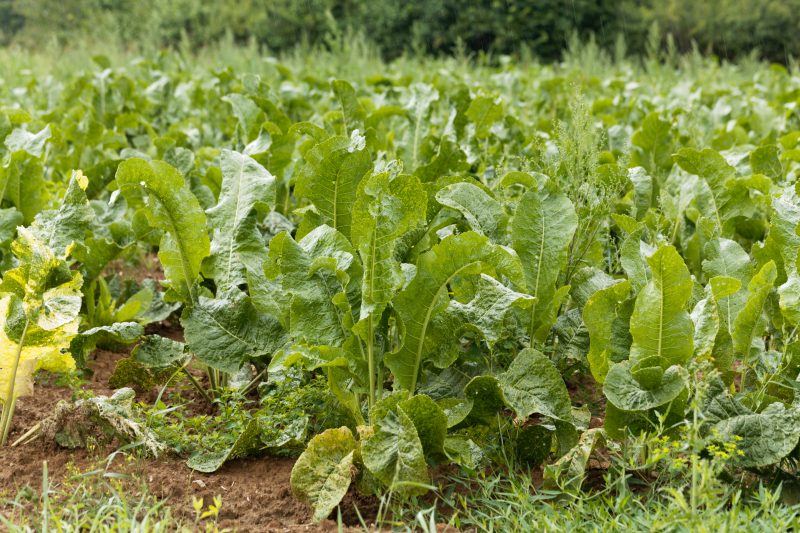
These plants will often grow in dense clumps and can be harvested in large numbers very easily. But if you’re not foraging for food, why would you want to harvest them?
Well these large leaves have a fleshy rib and stem which can be used to make fantastically strong, almost wiry cord for various survival applications.
Being able to make rope from the materials you find around you could mean the difference between being able to lash a shelter together and start a fire to keep warm and dry, or not making it through the night.
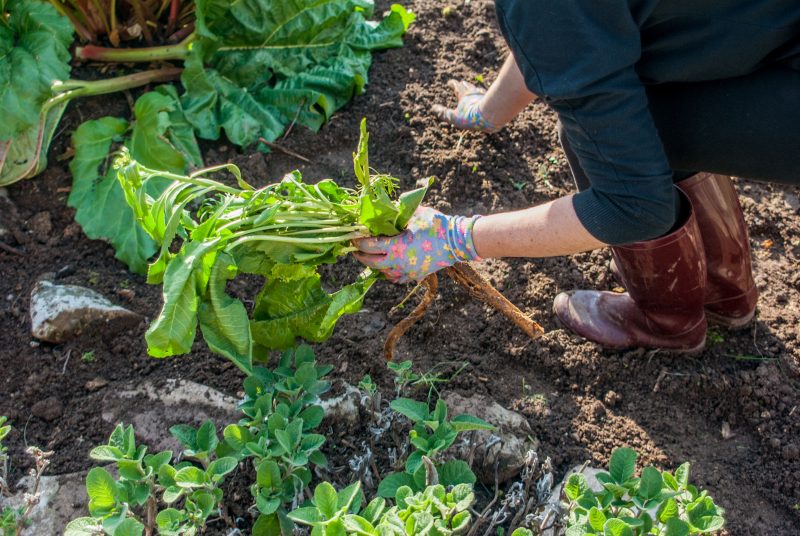
First you will need to harvest a bunch of leaves. Strip the wiry fibres from the rib of the leaf and out of the fleshy stem, then dry them out so they can be processed into cord.
The best way to separate these fibres is the snap the rib, then peel out the strong fibers. A smooth stone will allow you to scrape and strip away the fleshy parts of the leaf, gently separating and tenderising the fibers at the same time.

Do be aware that this process of stripping the fibres out of the leaves will leave your hands stinking of horseradish for days, so if you are just practicing your outdoor skills wear a pair of rubber gloves to avoid offending your family members for the next week. Rafia is a good practice material, and saves painstaking hours of harvesting just to hone your twisting skills.
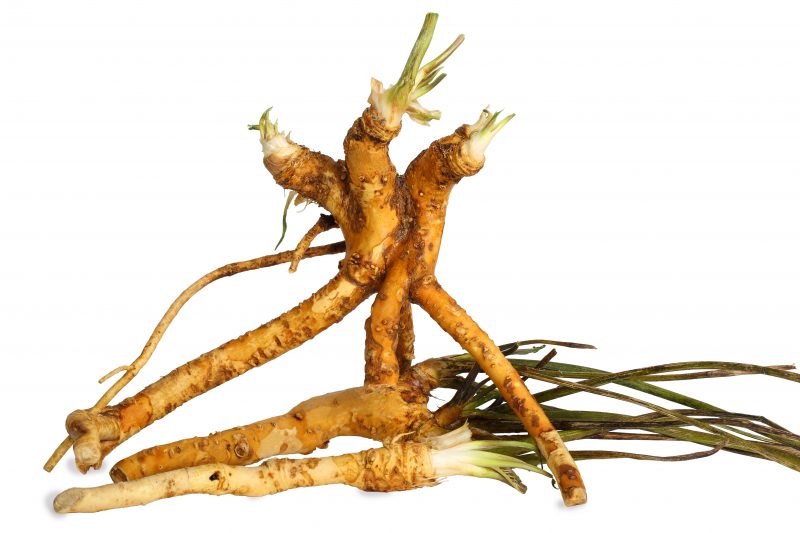
Once you have the fibres you need, you should dry them out. This drying process is actually quite important to get the best results, as the fibers shrink as they dry.
If you use the fibres straight away, and this is true of almost any plant you want to use to make natural cordage, your lovely neat cord will fall apart rather than being hard wearing.
When your fibres are ready to use, they can be turned into string that will be strong enough to use for friction fire lighting with a bow drill, to make small animal snares, or even for fishing. For a quick and easy wrap, you can simply place a bundle of fibers together and roll it down your pants leg.
Okay, so the leg rolling method may take a little practice but it won’t take you long to master. Use a flat palm to roll the bundle up and down against your thigh, with more pressure applied on the downstroke, gradually working you way from one end along to the other.
In an emergency survival situation, this is a really handy way to make cordage and can be done with fibers straight from the plant if need be.
A much stronger and more versatile cordage can be achieved using a method called reverse wrapping. This technique is one we know has been used since the Stone Age thanks to artefacts found on the mummified body of Ötzi the iceman, a stone age hunter gatherer found preserved in an Austrian glacier in 1991.
He was carrying reverse-wrapped cord made from the bark of the tree species Tillia cordata (commonly called small-leaved lime or little leaf linden).
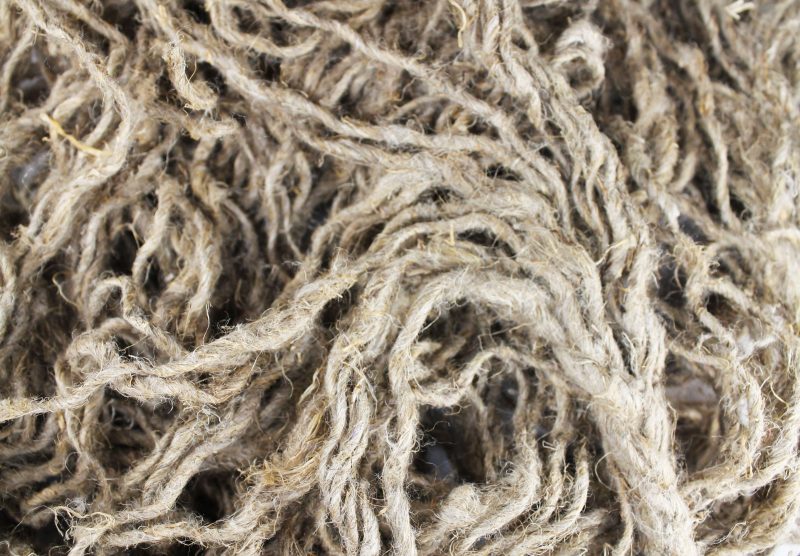
To create reverse wrap cordage takes more time and patience, but the results are worth it. To begin, line up the ends of two fibers and hold them a couple of inches from the end. Now twist that small section until they kink and form a small loop.
Next take that loop between the thumb and forefinger of your non-dominant hand, with the ‘tails’ of the fibres horizontal and pointing to the right if you are right-handed (or to the left for lefties), arranged so that one is above the other.
With your working hand, grasp the uppermost tail between the thumb and forefinger and twist away from you it 180 degrees.
Keep hold of this as you pick up the other strand using your middle finger and pull it (over the top) towards yourself – this is now the uppermost strand.
Repeat this twist away, pull towards sequence. With practice this will become a fluid movement and your cord will progress quickly.
These opposing strands twisted around each other in opposite directions holds them together very tightly and creates a cord with a round cross section rather than a flat cord like a plaited string.
The fibres bind together so neatly that even if you cut it, a reverse wrap cord would not unravel. This is the same method used to make string commercial out of jute or sisal fibres except.
It will take time to make a significant length of cord but with practice you will be able to produce several feet per hour.
A single length of two ply cord can be doubled and tripled up to make thicker rope for tasks requiring more strength.
Cord made from horseradish fibres is quite stiff and wiry and will be excellent for shelter building or making improvised snares but might not be a great choice for survival tasks requiring more supple cord such as fishing and net making.
It might make your hands stink and won’t taste great on its own but it will also provide you a meal, hold up a roof or help you light your fire when you’re out in the wilderness.





